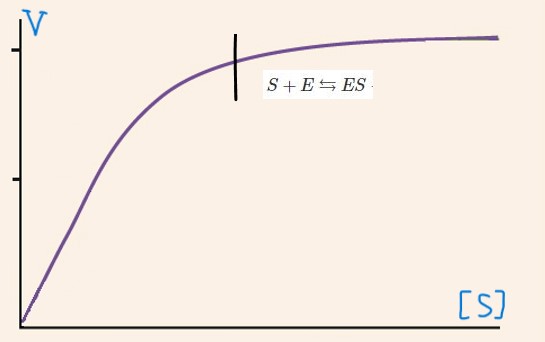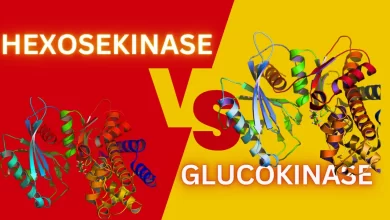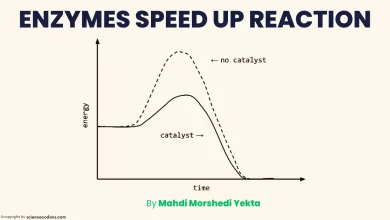
There are many different methods for studying the mechanism of enzyme action. We can obtain Valuable information about their structure and functional pathways by determining the three-dimensional structure of enzymes. Researchers can gather information on each amino acid’s functional and structural role with targeted mutagenesis for a specific locus. The primary method for studying enzymes, known as enzyme kinetics, involves determining the reaction rate and how it is affected by various environmental conditions.
Factors affecting enzyme reaction rate
| Factor | Effect on Enzyme Activity |
|---|---|
| Temperature | Increases until a certain point, after which the protein is denatured, and the rate of the reaction dramatically decreases |
| pH | Changes in pH can cause changes in enzymes’ secondary or tertiary structure, which can reduce their activity. The optimum pH range for most body enzymes is 5-9, while digestive enzymes are active in acidic pHs |
| Substrate concentration | Increases the rate of an enzyme-catalyzed reaction until a limiting rate is reached, after which further increase in the substrate concentration produces no significant change in the reaction rate |
| Presence of inhibitors or activators | Inhibitors decrease the rate of an enzymatic reaction, while activators increase the rate of an enzymatic reaction. |
Temperature
Temperature Increasing the temperature leads to an increase in the average energy and speed of molecular motion. As a result, the number of effective collisions between molecules increases. However, at high temperatures, enzymes denature. Increasing the temperature, as long as it does not cause enzyme denaturation, increases the rate of enzyme reactions. The optimal temperature for enzyme activity is often equal to the body temperature of the organism in which the enzyme is present(The optimum temperature for most body enzymes is 37°C.).

PH
pH changes can cause changes in the secondary or tertiary structure of enzymes. Changes in the spatial conformation of the enzyme’s active site can decrease its activity. The bell-shaped activity curve changes with variations in pH. In this curve, there is a pH value that corresponds to the highest activity. This pH limit is referred to as the enzyme’s optimum pH. Most body enzymes are active within the pH range of 5-9. However, digestive enzymes are an exception and function optimally in acidic pH levels.

Substrate concentration
A simple method for studying the effect of substrate concentration on enzyme activity is to measure the initial rate of the enzyme (V0) when the concentration of substrate ([S]) is usually much higher than that of the enzyme ([E]). At very low substrate concentrations, V0 increases almost linearly with increasing [S].
However, as the concentration of [S] increases, the increase in V0 becomes less and less pronounced in response to [S]. Eventually, we reach points where V no longer increases in response to the rise in [S]. This smooth plateau-like part of V0 is called Vmax. The maximum enzyme reaction rate occurs when all enzymes are in the form of ES, and the concentration of free enzyme E is zero. Under these conditions, substrate saturates the enzyme, and further increases in substrate concentration will not affect the enzyme activity. In enzyme reactions, the concentration of ES initially increases at the beginning but then reaches a steady state and remains constant throughout the reaction.













